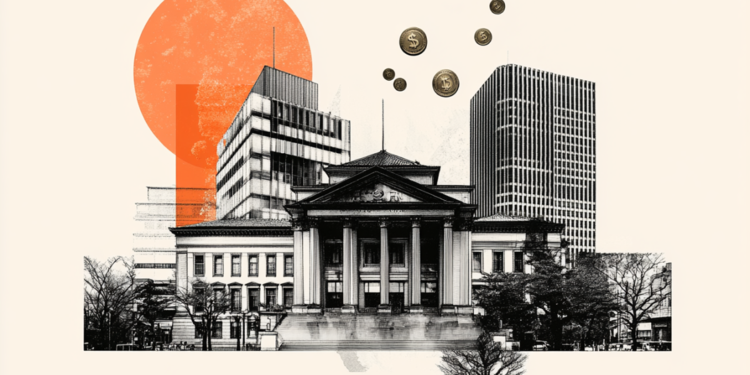- USD/JPY is facing pressure after recovering near 146.40 amid firming safe-haven appeal of the Yen.
- Fears of a global slowdown and a larger-than-expected BoJ rate hike have strengthened the Japanese Yen.
- The Fed is expected to cut its key rates by 50 bps in September.
The USD/JPY pair is facing pressure in an attempt to extend the recovery above the intraday resistance of 146.40 in the European session on Tuesday. The asset is struggling to extend its recovery due to the firm appeal of the Japanese Yen (JPY) as a safe haven.
Earlier, the major found buying interest after a five-day losing streak as the US Dollar (USD) rebounded from a fresh six-month low. The US Dollar Index (DXY), which tracks the value of the Greenback against six major currencies, jumped near 103.00. Meanwhile, the Japanese Yen has also posted a fresh seven-month low at 141.70 against the US Dollar.
The Yen’s safe haven appeal has improved significantly due to fears of a global slowdown. Fears of a potential slowdown in the United States (US) have deepened as labor market demand has declined significantly. In addition, the US unemployment rate has risen to 4.3%, the highest since November 2021.
The potential US economic vulnerability has also boosted expectations of massive rate cuts by the Federal Reserve (Fed). According to the CME FedWatch tool, 30-day federal funds futures price data show traders see a 50 basis point (bp) interest rate cut imminent in September.
Meanwhile, the Bank of Japan’s (BoJ) larger-than-expected rate hike has also brightened the outlook for the Yen. Last week, the BoJ raised its key interest rates by 15 bps and adjusted them to a range of 0.15%-0.25%. In addition, the central bank announced the gradual reduction of monthly Japanese government bond (JGB) purchases to ¥3 trillion, effective from the first quarter of 2026.
Japanese Yen FAQs
The Japanese Yen (JPY) is one of the most traded currencies in the world. Its value is determined broadly by the performance of the Japanese economy, but more specifically by the policy of the Bank of Japan, the spread between Japanese and US bond yields, and risk sentiment among traders, among other factors.
One of the Bank of Japan’s mandates is currency control, so its moves are key to the Yen. The BoJ has intervened directly in currency markets on occasion, usually to lower the value of the Yen, although it often refrains from doing so due to political concerns of its major trading partners. The BoJ’s current ultra-loose monetary policy, based on massive stimulus to the economy, has caused the Yen to depreciate against its major currency peers. This process has been exacerbated more recently by a growing policy divergence between the BoJ and other major central banks, which have opted to sharply raise interest rates to combat decades-old levels of inflation.
The Bank of Japan’s stance of maintaining an ultra-loose monetary policy has led to an increase in policy divergence with other central banks, in particular with the US Federal Reserve. This favours the widening of the spread between US and Japanese 10-year bonds, which favours the Dollar against the Yen.
The Japanese Yen is often considered a safe haven investment. This means that in times of market stress, investors are more likely to put their money into the Japanese currency due to its perceived reliability and stability. In turbulent times, the Yen is likely to appreciate against other currencies that are considered riskier to invest in.
Source: Fx Street
I am Joshua Winder, a senior-level journalist and editor at World Stock Market. I specialize in covering news related to the stock market and economic trends. With more than 8 years of experience in this field, I have become an expert in financial reporting.







